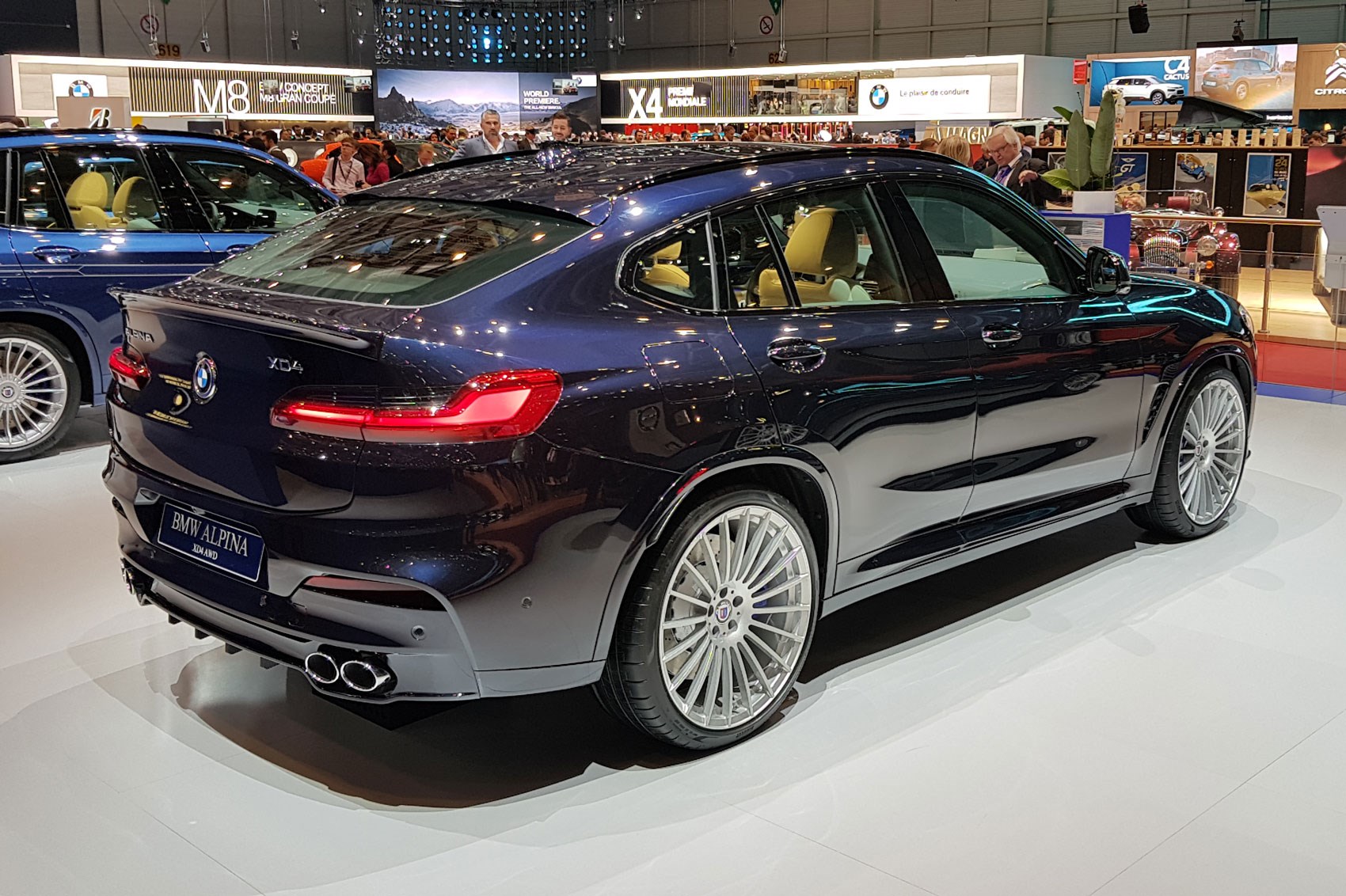First, full disclosure: I am not a Porsche technician, and I am not an Engineer. I just like to think like one! So my description of the "inner-workings" of the Porsche Doppelkupplung or PDK transmission are more of a component perspective and reflective of my own technical knowledge, taking a shot at describing how the various parts work together. Feel free to disagree, or point out what I've missed, by commenting below! I am sure there are much more technically details, accurate descriptions than what I attempt here -- but the average person out there should be able to follow-along. Brief history of the PDK: As many Porsche fans know, P-cars have offered automatic and semi-automatic transmissions over the years. It wasn't until 1990 that Porsche offered a new generation of transmission known as the "Tiptronic." This was a more successful option, and the innovation was the electronic control the driver had over the transmission. In 2009 Porsche released the Porsche Doppelkupplung, or PDK transmission.
 While that animation does a great job "showing" you how the dual-clutch setup auto-magically works, it DOESN'T talk at all about the component relationships - and most importantly, the how do you tell the transmission what you want from it? It's all fine and dandy that the technology is capable of pre-selecting gears and taking inputs from the ECU and stability management systems -- but what about input from the driver? That's what we'll focus on in the rest of this post. Looking at the illustration, you can see that there is a physical cable that will transmit selector position or activity to the transmission. The transmission control unit is located in the passenger compartment, in the rear seating area under the seat cushions ahead of the engine bay. 22 in the above illustration is the connection point between the PDK selector lever in the cabin, and the transmission. 6 in previous illustration) connects here, and transmits the selector position or action (in the case of manually up-or-down-shifting) to the transmission.
While that animation does a great job "showing" you how the dual-clutch setup auto-magically works, it DOESN'T talk at all about the component relationships - and most importantly, the how do you tell the transmission what you want from it? It's all fine and dandy that the technology is capable of pre-selecting gears and taking inputs from the ECU and stability management systems -- but what about input from the driver? That's what we'll focus on in the rest of this post. Looking at the illustration, you can see that there is a physical cable that will transmit selector position or activity to the transmission. The transmission control unit is located in the passenger compartment, in the rear seating area under the seat cushions ahead of the engine bay. 22 in the above illustration is the connection point between the PDK selector lever in the cabin, and the transmission. 6 in previous illustration) connects here, and transmits the selector position or action (in the case of manually up-or-down-shifting) to the transmission.
Of course, the TCU takes input not only from the driver, but also from the Engine Control Unit (ECU) as well as data from the ABS/PSM (Porsche Stability Management) systems as well. At the most basic level, the driver selects a driving mode upon starting-up the car. Settings include full-automatic in base or sport modes, and in cars equipped with Sport Chrono option an additional Sport Plus mode. How? The driver signals a choice of mode, gear, and so on by moving the PDK lever. This action transmits a signal to the transmission control unit (described above), which in turn communicates directly to the transmission. How quickly the choice is executed is determined by the selected mode, in other words what software "mapping" is selected. TCU that are faster than the GTS, S and base 991 Carrera's. So that's it in a very simple summary. The driver signals a mode and gear selection through the PDK lever, through a cable that runs to the TCU under the rear seating area, which in turn communicates with the PDK.

No comments:
Post a Comment